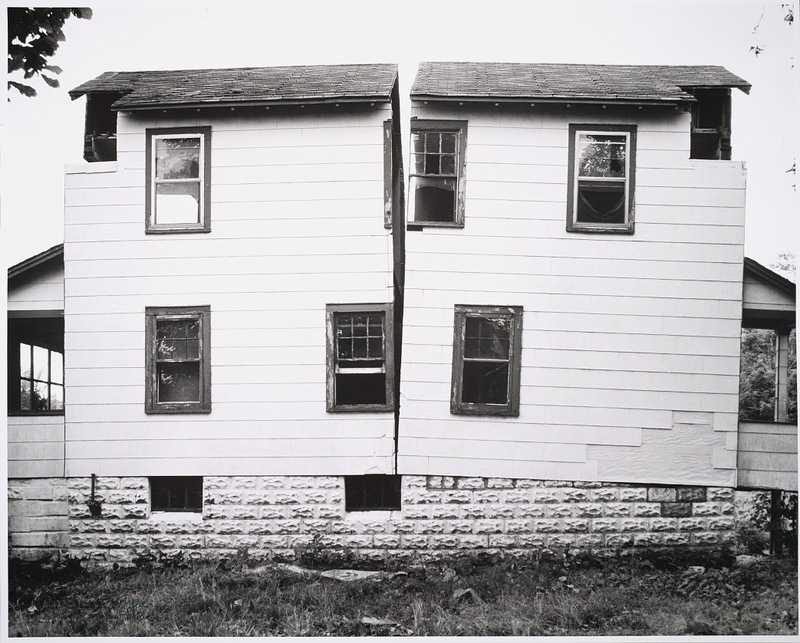For this blog post I would like to attempt to provide one possible answer to the ever prevailing and inexhaustible question of "What is a City" with a hope that it will trigger an ongoing discussion on this matter that will bring to light various perspectives portraying the phenomenon know as 'the urban'.
A city on the whole is a layered entity. It is composed of various layers, each devoted to a specific urban component. Public infrastructure (government institutions, bus stops), private infrastructure (private organizations, residences), transportation routes (roads, streetcars) and the water supply system are some examples of layers. For a city to function well these layers need to interact with each other and its users in a smooth manner. The system thus created will enhance the performance of its users and vice versa. In the article titled What is a City Lewis Mumford argues that, “The city…is a theatre of social action and everything else – art, politics, education, commerce – only serve to make the social drama…more richly significant, as a stage set, well designed, intensifies and underlines the gestures of the actors and the action of the play.” Mumford downplays the city by considering it to be just a static physical object staging human life. Contrary to Mumford’s argument I believe the city is dynamic in nature. It actively participates in urbanism and is in a constant state of interaction with its users. It presents challenges and opportunities to its users (e.g., Ivy growing on the side of existing structures creating a sustainable green wall feature, building façade deteriorating due to high water content in the soil). The challenges and opportunities presented inspire Conversation, which can then lead to thoughtful action amongst the conversationalists/urbanites. According to Theodore Zeldin, “..talking does not necessarily change one’s own or other people’s feelings or ideas. I believe the twenty-first century needs a new ambition, to develop not talk but [Conversation] conversation, which does change people.” Conversation changes the way people think, which leads to significant social, political and economic changes.
City unlike other non-urban areas is more successful in instigating revolutionary ideas and techniques because of two reasons. As mentioned in the text by Louis Wirth, titled Urbanism as a Way of Life, there is a sense of anonymity and impersonality amongst city dwellers, which allows them to make informed decisions from a more professional and impartial point of view. As a result more Conversations, and not talk is generated in cities. The second reason is the higher number of interactions amongst city dwellers, and amongst the city and its inhabitants. This is facilitated by high concentrations of people, infra structural facilities, economic and social resources within a city.
The city brings together all the above-mentioned factors that are inductive to constant change. The city thus serves as an active tool for development affecting various spheres of the contemporary society.
- Sugra
References:
- Mumford, Lewis “What is a City?” In The City Reader, Fourth Edition, eds, R. Legates and F. Stout, London: Routledge, 2007, Pg. 85-89
- Wirth, Louis “Urbanism as a Way of Life.” In The City Reader, Fourth Edition, eds, R. Legates and F. Stout, London: Routledge, 2007, Pg. 90-97
- Zeldin, Theodore “How every new era changes the subject of conversation” In Conversation, The Harvill Press, Great Britain, 1998; HiddenSpring, North America, 2000, Pg. 1-16















